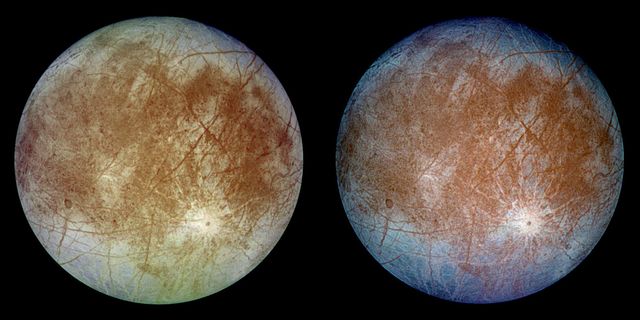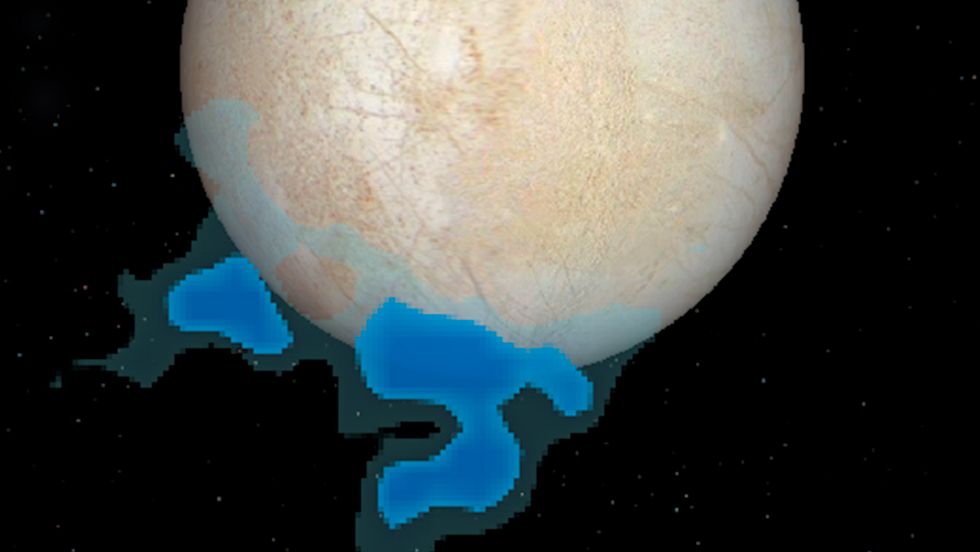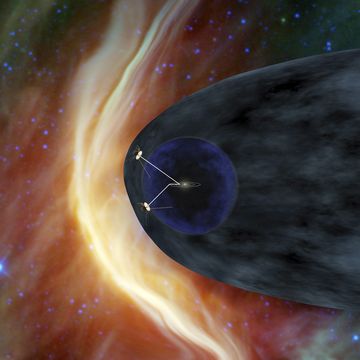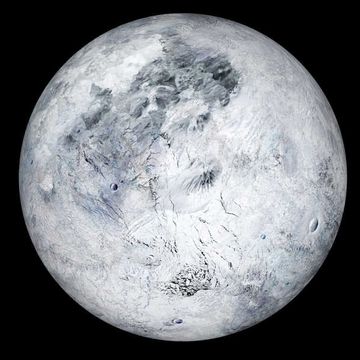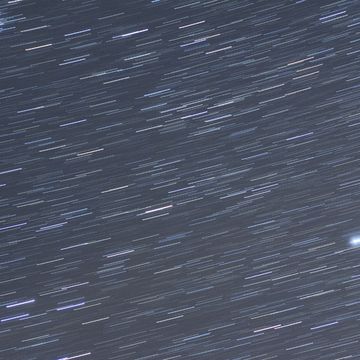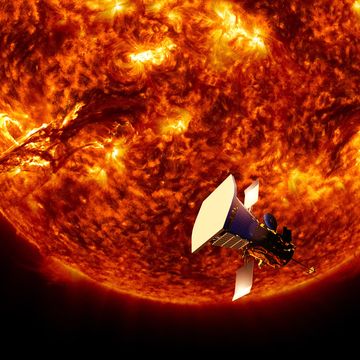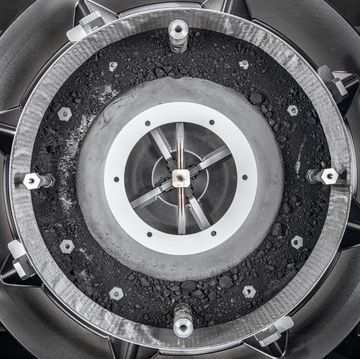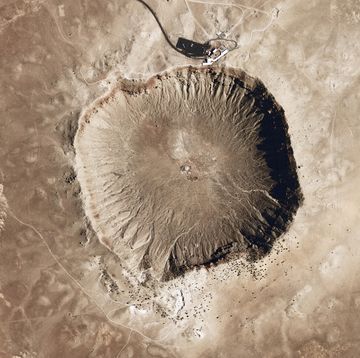- For the first time, scientists have confirmed the presence of water vapor on Jupiter’s moon Europa.
- The icy moon has long been a contender for finding life outside of Earth.
- NASA’s Europa Clipper mission, set to launch in the 2020s, will help scientists learn more about what may lurk beneath the moon’s icy surface.
Europa is arguably the most intriguing of Jupiter’s 79 moons. Scientists have long suspected that there may be a salty, liquid water ocean beneath the moon’s tough icy exterior. Now we might have the most convincing evidence of this watery world yet.
For the first time, NASA scientists have directly measured the presence of water vapor on Europa’s surface. Over the course of 17 days between February 2016 and May 2017, data from Hawaii’s W. M. Keck Observatory revealed tiny bursts of infrared light, according to a paper published this week in the journal Nature Astronomy.
“Essential chemical elements (carbon, hydrogen, oxygen, nitrogen, phosphorus, and sulfur) and sources of energy, two of three requirements for life, are found all over the solar system,” said team leader and planetary scientist Lucas Paganini of NASA’s Goddard Space Flight Center and American University in Washington D.C. “But the third—liquid water—is somewhat hard to find beyond Earth.”
The team spotted the chemical signatures of water molecules spewing from Europa’s leading surface, the side of Europa that faces its orbit. When water vapor interacts with solar radiation, it emits distinct wavelengths of infrared light that can be picked up by telescopes like Keck and Hubble.
The scientists discovered that Europa is emitting a lot of water vapor. Like a lot. In one observation, Keck detected roughly 5,202 pounds of water vapor released per second—enough to fill an Olympic-sized swimming pool in a matter of minutes. But these bursts of water vapor are infrequent. Now the hunt is on to capture even more evidence of these plumes.
Previously, in 2013, Hubble Space Telescope captured evidence of oxygen and hydrogen molecules erupting from Europa’s surface. Images snapped by the telescope have revealed plume-like structures, and last year, anomalies in the moon’s magnetic field signified that these spouts may be some sort of salty liquid.
NASA’s Europa Clipper mission is slated to visit the icy moon in the 2020s (scientists haven't yet settled on a launch date), and will dive in for close encounters with the moon 45 times, according to NASA. Loaded with nine science instruments, including mass spectrometers and ice-penetrating radars, the spacecraft will inspect the moon from a range of distances between 16 and 1700 miles.
Jennifer Leman is a science journalist and senior features editor at Popular Mechanics, Runner's World, and Bicycling. A graduate of the Science Communication Program at UC Santa Cruz, her work has appeared in The Atlantic, Scientific American, Science News and Nature. Her favorite stories illuminate Earth's many wonders and hazards.
